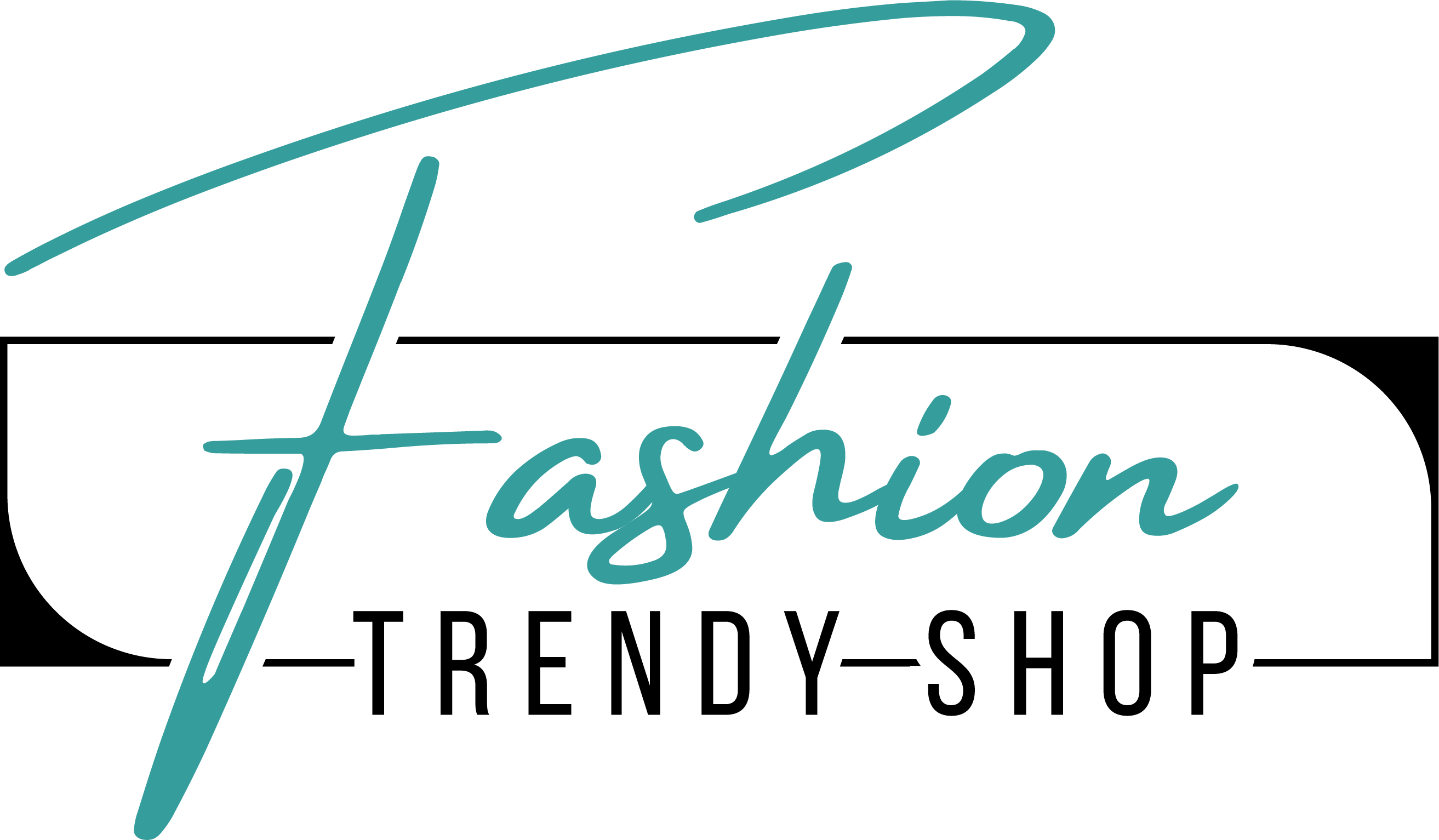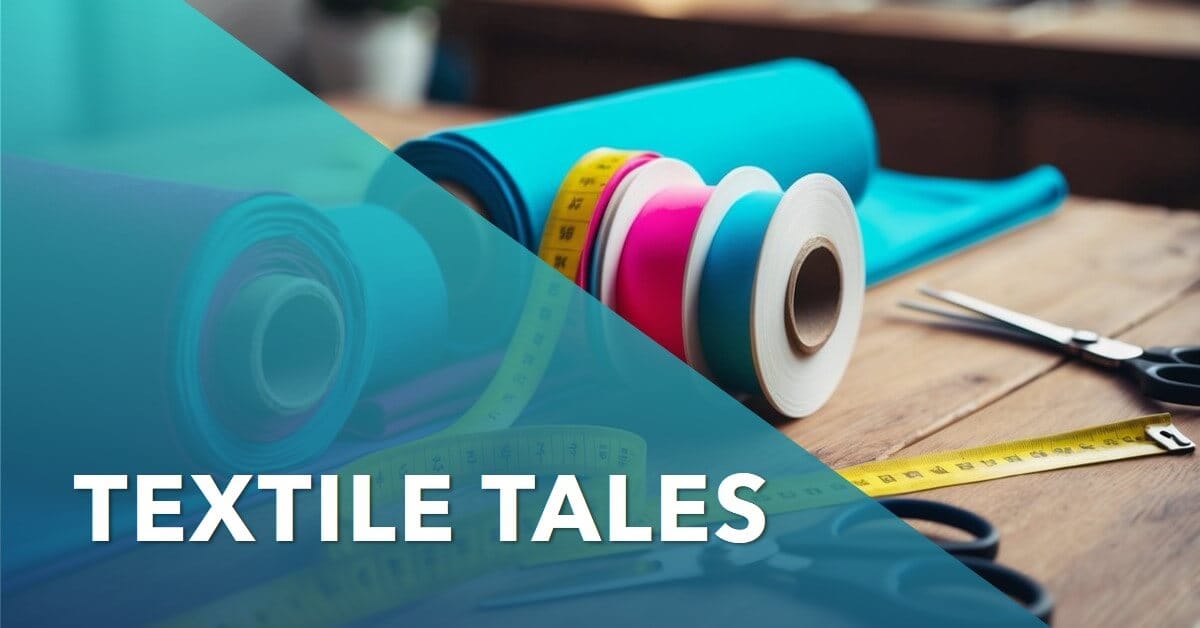Fabric is all around us, from the clothes we wear to the furniture we sit on. It’s a part of our daily lives, yet many of us don’t know much about it. I’m here to change that. Fabrics are materials made by weaving, knitting, or bonding fibers together. They come in many different types, each with its own unique properties and uses.
I’ve been working with fabrics for years, and I’m excited to share what I’ve learned. In this post, I’ll cover the basics of fabric types, how they’re made, and what makes each one special. Whether you’re a beginner sewer or just curious about the textiles in your life, you’ll find something interesting here.
Let’s dive into the world of fabrics together. I’ll explain the difference between natural and synthetic fibers, show you how to choose the right fabric for your project, and give you tips on fabric care. By the end of this post, you’ll have a solid foundation in fabric knowledge.
Table of Contents
Key Takeaways
- Fabrics are made from fibers that are woven, knitted, or bonded together
- There are many types of fabrics, each with unique properties for different uses
- Proper fabric selection and care can make your projects and clothes last longer
Understanding Fabrics
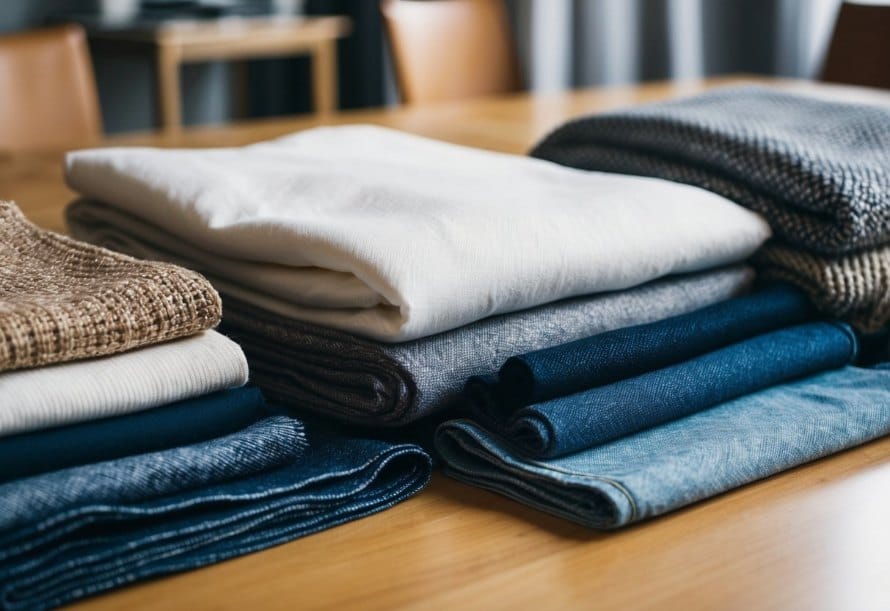
Fabrics are the building blocks of textiles and clothing. They come in many types, each with unique properties and uses.
Natural vs. Synthetic Fibers
Natural fibers come from plants and animals. Cotton, wool, silk, and linen are common natural fibers. They’re often breathable and comfortable.
Synthetic fibers are made in labs. Polyester, nylon, and acrylic are examples. I find these fibers tend to be strong and easy to care for.
Man-made fibers like rayon blur the line. They start as natural materials but go through chemical processing.
Fabric Weaves and Knits
Weaving and knitting are two main ways to make fabric. Woven fabrics have threads that cross at right angles. They’re usually sturdy and don’t stretch much.
Knit fabrics have loops that interlock. This gives them more stretch. T-shirts and sweaters are often made from knits.
The way a fabric is made affects how it looks, feels, and behaves. Some common weaves are plain, twill, and satin.
Textile Types and Terms
There are many types of textiles. Each has its own name and features. Here are some common ones:
- Denim: A tough twill weave, often used for jeans
- Jersey: A soft, stretchy knit for t-shirts
- Chiffon: A light, sheer fabric for dresses
Yarn is the thread used to make fabric. It can be thick or thin, smooth or textured.
Fiber refers to the raw material. It can be long and continuous (filament) or short (staple).
I find that knowing these terms helps when shopping for clothes or home textiles.
Key Fabric Types
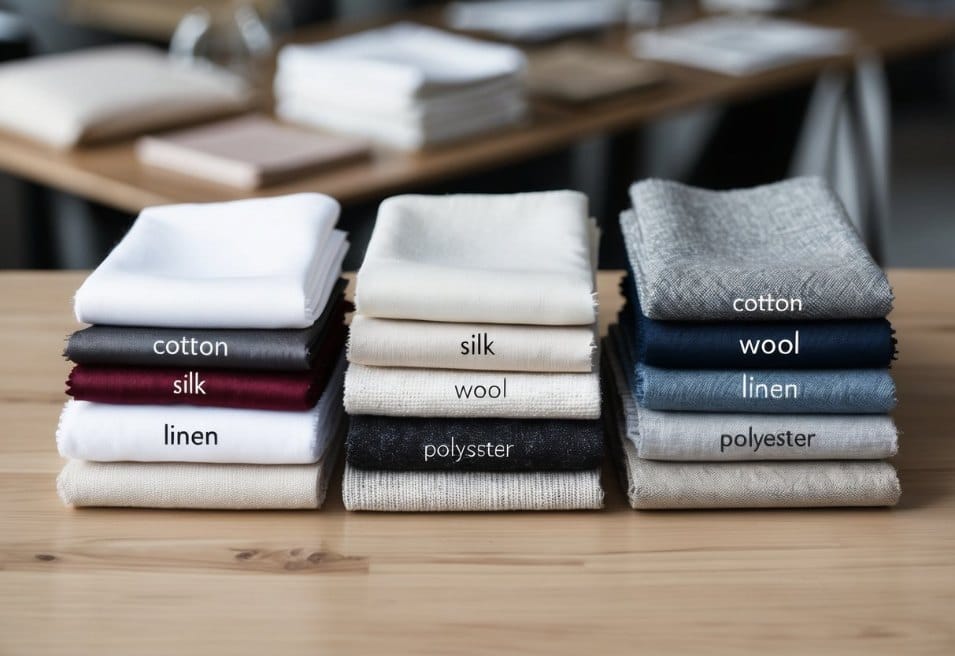
Fabrics come in many varieties, each with unique properties and uses. Let’s explore some of the most common and important types of textiles.
Cotton and Its Varieties
Cotton is a soft, breathable natural fiber that’s widely used in clothing. I love how versatile it is. There are several types of cotton:
- Egyptian cotton: Known for its long fibers and luxurious feel
- Pima cotton: Similar to Egyptian, with a silky texture
- Upland cotton: The most common type, used in everyday clothing
Cotton fabrics include:
- Denim: Tough and durable, perfect for jeans
- Canvas: Sturdy and thick, great for bags and shoes
- Flannel: Soft and warm, ideal for cozy shirts
Cotton is easy to care for and gets softer with each wash. It’s a go-to choice for comfortable, everyday wear.
Wool and Its Grades
Wool is a natural fiber from sheep that keeps you warm and cozy. I find it amazing how it can regulate body temperature. Wool is graded based on fiber diameter:
- Fine (under 20 microns): Used in luxury clothing
- Medium (20-30 microns): Common in sweaters and coats
- Coarse (over 30 microns): Best for rugs and outerwear
Wool varieties include merino, cashmere, and alpaca. Each has its own unique qualities. Merino is super soft and doesn’t itch. Cashmere is incredibly warm and lightweight. Alpaca is hypoallergenic and very durable.
Wool fabrics are naturally water-resistant and flame-retardant. They’re perfect for cold-weather gear and formal wear.
Silk and Luxury Textiles
Silk is a natural protein fiber known for its smooth texture and shimmering appearance. I’m always impressed by its strength and beauty. There are several types of silk:
- Mulberry silk: The highest quality, used in fine garments
- Wild silk: Rougher texture, often used in casual wear
- Spider silk: Extremely rare and strong, used in specialty items
Silk fabrics include:
- Charmeuse: Soft and draping, great for dresses
- Chiffon: Sheer and lightweight, perfect for scarves
- Satin: Glossy on one side, often used in formal wear
Silk is hypoallergenic and naturally temperature-regulating. It’s ideal for luxury clothing and bedding.
Linen and Its Uses
Linen is a natural fiber made from the flax plant. I appreciate its coolness and breathability in hot weather. Linen fabric types include:
- Plain-woven linen: Most common, used in clothing and bedding
- Damask linen: Patterned, often used in tablecloths
- Loosely-woven linen: Great for summer clothing
Linen is known for its durability and gets softer with each wash. It’s perfect for:
- Summer clothing
- Bed sheets
- Table linens
- Home decor items
Linen wrinkles easily but many people love this relaxed, lived-in look. It’s a great choice for warm climates and casual wear.
Synthetic Staples: Polyester and Nylon
Polyester and nylon are two common synthetic fabrics. I find them useful for their durability and easy care.
Polyester:
- Strong and wrinkle-resistant
- Quick-drying and moisture-wicking
- Blends well with natural fibers
- Used in activewear, outdoor gear, and everyday clothing
Nylon:
- Extremely strong and elastic
- Lightweight and quick-drying
- Resistant to oils and chemicals
- Common in stockings, swimwear, and outdoor equipment
Both fabrics are easy to care for and maintain their shape well. They’re often blended with natural fibers to combine the best qualities of both. Synthetic fabrics are great for sportswear, travel clothing, and durable everyday items.
Fabric Applications
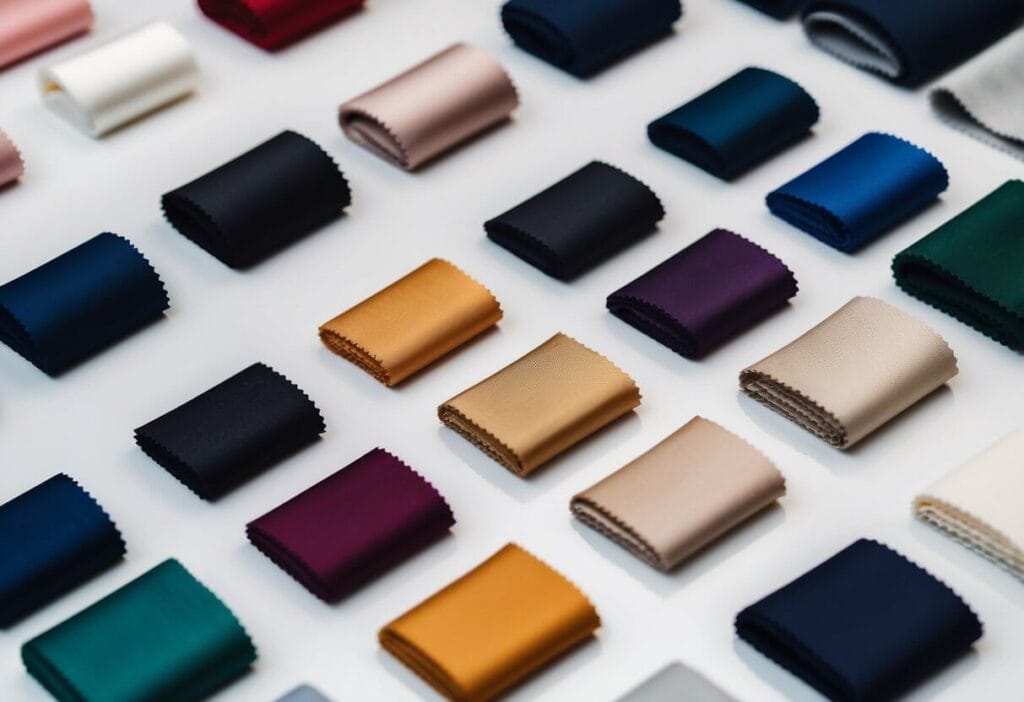
Fabrics play a huge role in our daily lives. They’re used in many ways beyond just clothes. Let’s look at some key areas where fabrics shine.
Apparel and Activewear
I’ve seen fabrics revolutionize the clothing industry. For everyday wear, cotton and polyester blends are popular. They’re comfy and easy to care for.
For activewear, I recommend lightweight, moisture-wicking fabrics. These keep you dry during workouts. Some examples are:
- Nylon
- Spandex
- Polyester microfiber
Special occasion fabrics add glamour to formal events. Silk, satin, and velvet are my top picks for elegant looks.
Home Decor and Upholstery
I love how fabrics can transform a room. In home decor, I use fabrics for:
- Curtains
- Throw pillows
- Bedspreads
Upholstery fabrics need to be tough. They face daily wear and tear. I choose durable options like:
- Leather
- Microfiber
- Chenille
These fabrics resist stains and last for years. They come in many colors and patterns to match any style.
Accessories and Novelty Items
Fabrics make great accessories. I’ve seen them used in:
- Handbags
- Scarves
- Hats
Novelty fabrics add fun to crafts and costumes. Some popular choices are:
- Sequined fabric
- Faux fur
- Glitter tulle
These eye-catching materials bring projects to life. They’re perfect for DIY crafts and special events.
Specialty and Functional Fabrics
I’m amazed by the tech in modern fabrics. Some have special features like:
- Fire resistance
- UV protection
- Water repellency
These fabrics serve specific purposes. I’ve seen them used in:
- Outdoor gear
- Safety clothing
- Medical textiles
Quilting fabrics are another specialty. They come in countless patterns. I love how they let crafters express their creativity.
Smart fabrics are an exciting new frontier. They can:
- Monitor health stats
- Change color
- Conduct electricity
The future of fabric is full of possibilities.
Sewing and Fabric Manipulation
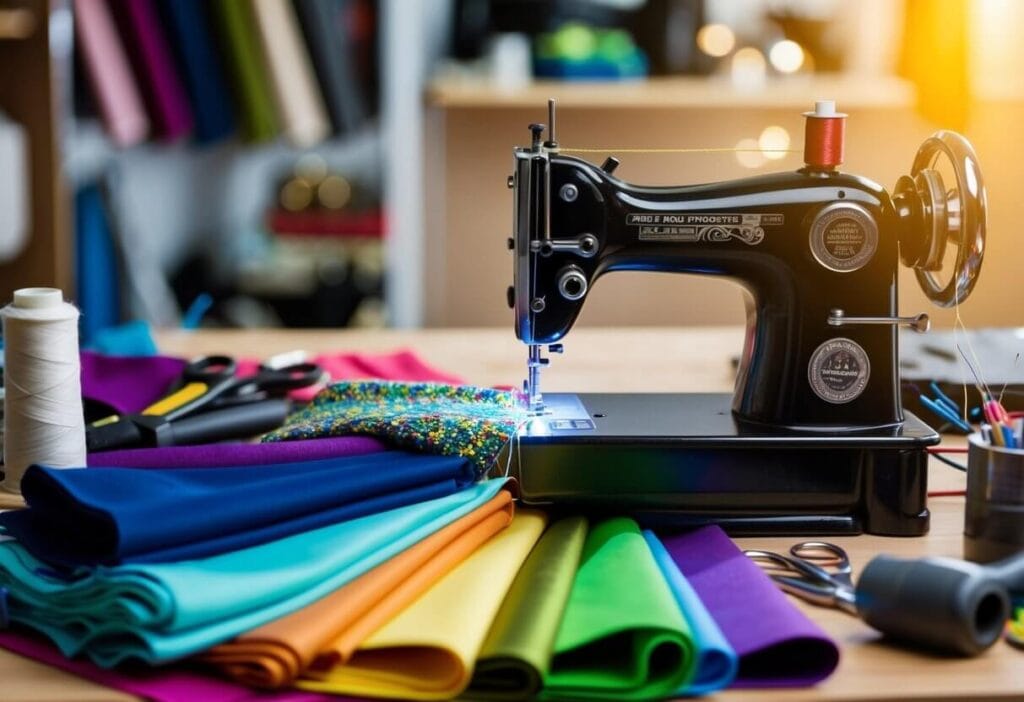
Sewing lets us turn flat fabric into amazing 3D creations. I’ll cover key techniques, tools, and fun projects to try.
Essential Sewing Techniques
I always start with the basics. Straight stitch is the foundation – it joins fabric pieces with a simple line. For stronger seams, I use a zigzag stitch. It adds flexibility and prevents fraying.
Buttonholes are tricky but important. Most machines have a special setting for these. I practice on scrap fabric first.
Zippers can be intimidating. I pin the zipper in place, then sew slowly. A zipper foot attachment makes this much easier.
For a polished look, I hem garments and items. Pressing as I go creates crisp edges.
Sewing Machines and Tools
A good sewing machine is key. I look for adjustable stitch length and width. Automatic buttonhole features are a big plus.
Must-have tools include:
- Sharp scissors
- Pins and pincushion
- Seam ripper
- Measuring tape
- Iron and ironing board
For hand sewing, I keep a variety of needle sizes. Thimbles protect my fingers during tough jobs.
Specialty feet expand what my machine can do. A walking foot helps with thick fabrics. A rolled hem foot creates tiny, neat hems.
DIY and Custom Fabric Projects
Quilting is a great way to use up fabric scraps. I start with simple designs and work up to more complex patterns.
Tote bags are quick, useful projects. I add pockets for extra storage. Sturdy fabrics like canvas work best.
Custom pillowcases are an easy way to refresh a room. I pick fun prints and add trims for a personal touch.
For gifts, I love making stuffed animals. Basic shapes are surprisingly simple to sew. Kids especially enjoy picking out the fabrics.
Fabric Care and Maintenance
Taking good care of your fabrics keeps them looking great and lasting longer. I’ll share some key tips for washing, handling wear and tear, and keeping colors bright.
Washing and Drying Techniques
I always check the care label first. It gives me important info on how to wash and dry each fabric. For most items, I use cold water and a gentle cycle. This helps keep the fabric’s shape and color. I turn dark clothes inside out to prevent fading.
For drying, I often use low heat or air dry. High heat can shrink or damage some fabrics. I take clothes out of the dryer while slightly damp to reduce wrinkles. Hanging certain items to dry works well too.
I wash delicate fabrics by hand in cool water with mild soap. Then I roll them in a towel to remove excess water before laying flat to dry.
Dealing with Wear and Tear
I fix small holes or loose threads right away to stop them from getting bigger. For holes, I use a patch or darning needle and thread that matches the fabric color.
To prevent pilling on sweaters, I turn them inside out before washing. I use a fabric shaver or pill remover to get rid of any fuzz balls that do form.
For wrinkles, I use a steamer or iron on the right setting for each fabric type. A spray bottle with water helps smooth out stubborn creases.
Stain Removal and Color Preservation
I treat stains as soon as possible. For most stains, I blot (don’t rub) with cold water and mild soap. For tougher stains, I use a stain remover made for that fabric type.
To keep colors bright, I sort my laundry by color. I wash dark clothes in cold water with a detergent made for dark fabrics. For whites, I add a color-safe bleach to the wash.
I avoid using too much detergent, as leftover soap can dull fabric colors. I also skip the dryer sheets, which can leave a coating on clothes that attracts dirt.
Buying and Selecting Fabric
Picking the right fabric can make or break a project. I’ll share tips on navigating fabric stores, choosing fabrics for different needs, and understanding quality and pricing.
Navigating Fabric Stores
When I walk into a fabric store, I’m always amazed by the options. I start by looking for the section that matches my project type – like quilting cottons or apparel fabrics. I ask staff for help if I’m unsure where to find something.
Most stores organize fabrics by type, color, or season. I take my time to browse and feel different textures. I often bring project notes or swatches to help me choose.
Many stores offer fabric samples. I find these useful for testing at home before buying larger amounts. Some also have remnant bins with discounted smaller pieces – perfect for small projects or testing ideas.
Choosing Fabrics for Projects
I always consider the project’s purpose when picking fabric. For clothes, I think about comfort, drape, and care instructions. Quilts need sturdy, washable fabrics that won’t shrink much.
Here’s a quick guide I use:
| Project Type | Recommended Fabrics |
|---|---|
| Clothing | Cotton, linen, wool |
| Quilts | Cotton, flannel |
| Home Decor | Canvas, upholstery |
I also think about patterns and colors. Bold prints work well for statement pieces, while solids are versatile for basics. I make sure colors match or complement my existing items.
Understanding Fabric Quality and Pricing
I’ve learned that higher prices often mean better quality, but not always. I check the fiber content label to see what the fabric is made of. Natural fibers like cotton or silk usually cost more than synthetics.
I feel the fabric for softness and weight. Tighter weaves and thicker threads usually mean a stronger, longer-lasting fabric. I look closely for any flaws or uneven dye.
Fabric width affects pricing too. Wider fabrics might seem pricier, but I often need less yardage. I always calculate how much I need based on the project and fabric width.
Some specialty fabrics cost more due to complex manufacturing processes. I weigh these costs against my project needs and budget.
Sustainability and Ethical Considerations
Sustainability is a big deal in the fabric world. I’ve seen more eco-friendly options pop up in recent years. Organic cotton, recycled polyester, and bamboo are some examples.
These fabrics use fewer chemicals and water to make. They’re better for the planet than regular materials. Some brands now use plant-based dyes too. These are less harmful to the environment.
Fair labor practices are also important. I look for certifications that show workers are treated well. Fair wages and safe working conditions matter a lot.
Buying second-hand clothes is another way to be sustainable. It keeps fabrics out of landfills. Plus, it’s often cheaper!
Some companies now take back old clothes. They recycle them into new fabrics. This helps reduce waste.
I try to choose durable fabrics that last longer. It means I don’t need to buy new clothes as often. This saves resources in the long run.
Sustainable fabrics can cost more. But I think it’s worth it to protect our planet. Every small choice adds up to make a big difference.
Trends and Innovations in Textiles
I’ve noticed some exciting new developments in fabrics lately. Smart textiles are a big trend, with clothes that can monitor health or change color. It’s pretty cool stuff!
Sustainability is huge too. I’m seeing more eco-friendly materials like bamboo and recycled plastics. These help reduce waste and are better for the planet.
Interesting blends are popping up everywhere. Designers mix fabrics like silk and bamboo or velvet and faux leather. This creates unique textures and looks.
Floral prints are making a comeback, but with a modern twist. I’ve spotted bold, oversized florals on everything from dresses to jackets.
Indigo dyeing techniques are getting an update. Artisans are using new methods to create intricate patterns and shades.
3D printing is changing how we make clothes. I’ve seen some wild designs that weren’t possible before. It opens up so many creative options!
Lace is evolving too. New manufacturing processes allow for intricate designs that are stronger and more durable.
Leather alternatives are getting better all the time. Some faux leathers now look and feel just like the real thing. It’s great for people who want animal-free options.
Frequently Asked Questions
What are the basics of fabric?
Fabric basics include understanding:
• Fiber content (natural vs. synthetic)
• Weave or construction method
• Weight and drape
• Care requirements
• Common uses
How to get knowledge of fabric?
Learn about fabrics through:
1. Hands-on experience with fabric swatches
2. Taking textile courses (online or in-person)
3. Reading fabric guides and books
4. Visiting fabric stores and examining materials
5. Following textile experts on social media
Which fabric is best for beginners?
The best fabrics for beginners are:
• 100% cotton (quilting cotton)
• Cotton-polyester blends
• Medium-weight linen
• Felt
• Basic cotton jersey
What are fabric fundamentals?
The fundamental aspects of fabric include:
• Fiber type and origin
• Construction method
• Weight and thickness
• Surface texture
• Care requirements
• Durability
• Stretch properties
What are the 4 things to consider when choosing fabric?
1. Purpose/End use
2. Care requirements
3. Comfort and wearability
4. Cost and availability
What are the three main types of fabric?
The three main categories are:
1. Woven fabrics (created on a loom)
2. Knit fabrics (created with interlocking loops)
3. Non-woven fabrics (bonded or felted)
What is fabric with holes in it called?
Common holey fabrics include:
• Mesh
• Lace
• Eyelet
• Net
• Perforated fabric
What is that fuzzy fabric called?
Fuzzy fabrics include:
• Fleece
• Velvet
• Velveteen
• Sherpa
• Terry cloth
• Flannel
What is the difference between a textile and a fabric?
Textile refers to any material made of interlacing fibers, while fabric specifically refers to the finished material used for sewing and manufacturing. All fabrics are textiles, but not all textiles are fabrics.
Which fabric is best for daily use?
Best everyday fabrics include:
• Cotton
• Cotton-polyester blends
• Ponte knit
• Denim
• Twill
